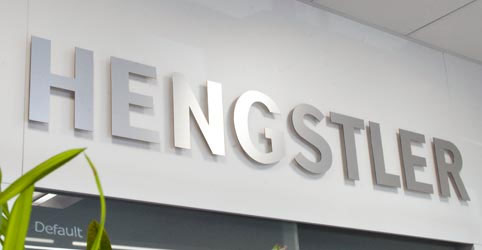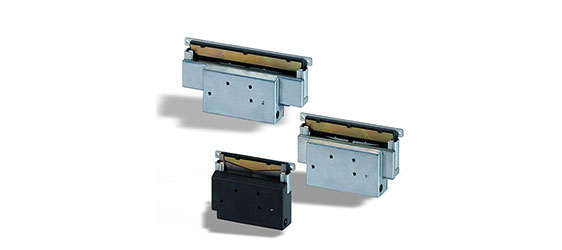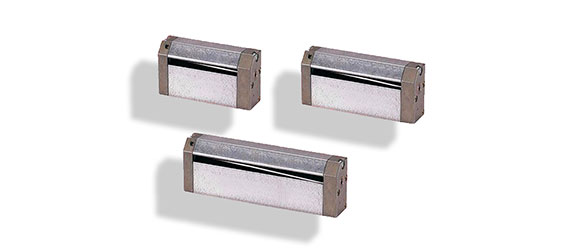
After printing, it is often necessary to cut the printout, receipt or data medium off cleanly. There are several different printer cutter technologies available.
Guillotine Cutters for Kiosk Printers
The most common type of cutter for kiosk printers is the guillotine, where two essentially flat blades slide against each other. The advantage of guillotine cutters is fast cut speed, while the disadvantage is usually limited cutting ability based on paper thickness. Guillotine cutters are also sometimes configured to make either full cuts, severing the paper completely, or partial cuts, leaving a small tab of paper holding the cut printout to the roll, on command, allowing one cutter to do both.

When using partial cut a user must pull the paper to separate it, but it requires very little force to tear the small remaining tab. Partial cut is often used to prevent cut receipts from falling on the floor, and to eliminate the need for the designer to add a chute or bin to catch cut receipts. With partial cut, paper hangs out of the front of the cutter waiting for the customer to take it. The disadvantages of partial cut include that it cannot be retracted back into the printer because most of the printout is free and the edges that have been cut will jam if a retract is attempted. Also, while very difficult, it might be possible for a vandal to pull paper out of the printer slowly until they can grip paper behind the partial cut, and then pull the entire paper roll out through the printer. If you decide to go with a partial cutter in the printer, a combination with a presenter is not possible.
Another cutter technology is the rotary cutter, where one rotating blade cuts against a flat one. A rotary cutter can only perform a full cut. Rotary cutters have the advantage of cutting thicker paper (some of our rotary cutters will cut over 350 g/m² paper). Full cut is a term that refers to how the paper cutter serves paper. The advantage of full cut is that the printout is completely free after cutting and can be dropped into a chute or bin for customer access. Full cut is always used when a presenter is used, because the presenter must move the separated printout via its own paper transport mechanism.

Select an appropriate guillotine cutter if you need to make partial cuts, or if your paper is within the cutter’s spec. As a reference point since we’re most familiar with our products, our partial- and full-cut guillotine cutters are rated at 120 g/m², while the full-cut only guillotines are rated at 160 g/m². Select a rotary cutter if the paper being printed is heavier than these specs.
While simply cutting a piece a paper can seem uncomplicated, there are many environmental factors that can impact the reliability of cutters and your application should be considered when designing and selecting the best option. These factors include temperature, humidity, presence of adhesive on the paper, thickness of the paper and how the end customer will interact with the kiosk. Please consult our experts in what cutter design will be best suited for your application. With decades of experience we have designed successful solutions for many applications from Alaska to the Caribbean.
The HENGSTLER team is expert in matching printers to the application. Whether it’s gas pump receipts, bank statement printers, railway ticketing systems, kiosks, fire alarm systems, or just about anything else, we’ve seen it and can help locate and integrate the best-suited printer for the purpose needed. Moreover, we can support our customers effectively by offering tailor-made application projects. Contact us today with your application or challenge